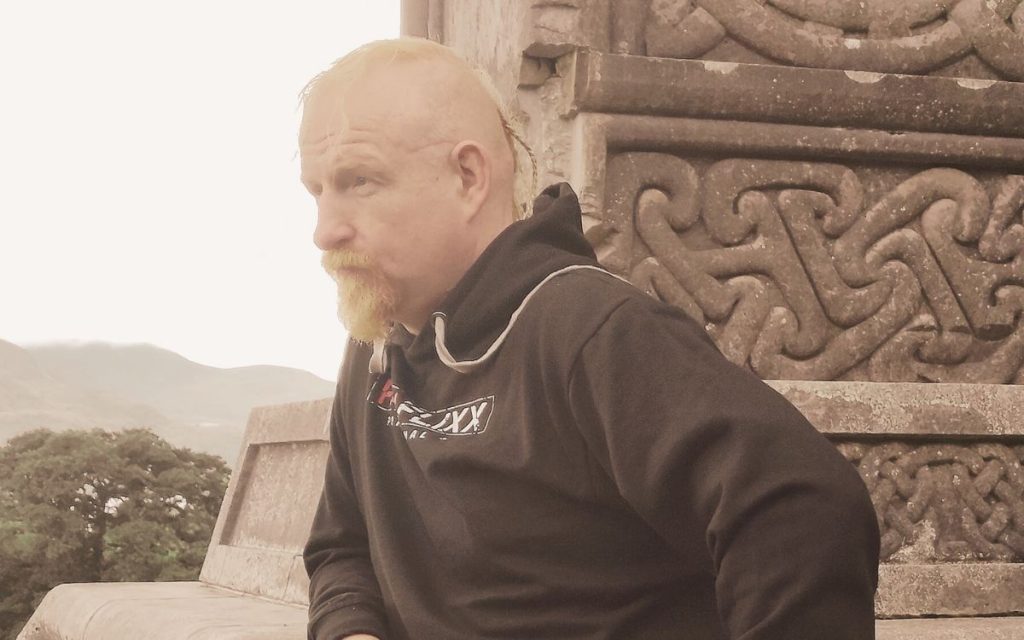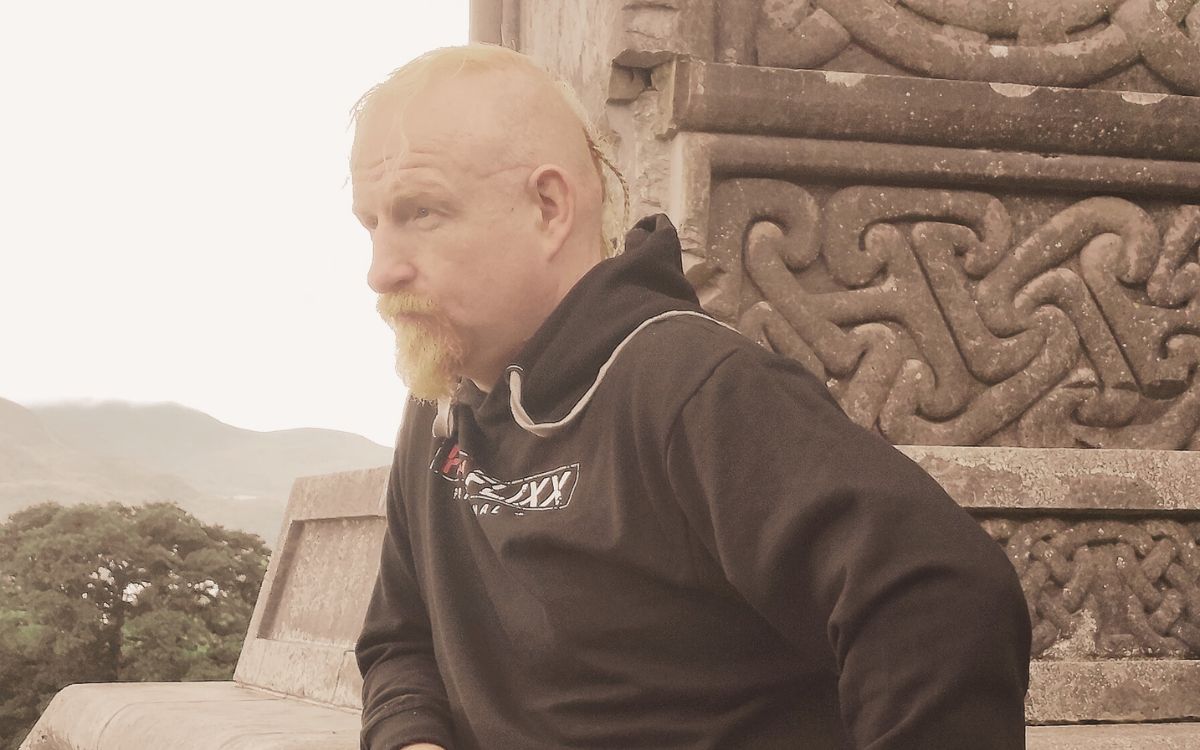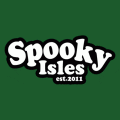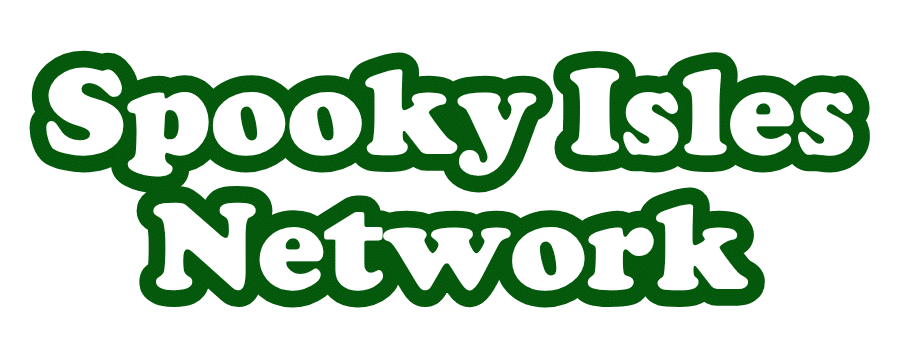Paranormal investigator Anthony Kerrigan shares how ghost stories, pop culture and scientific curiosity led him to co-found GhostÉire and investigate the unexplained
Ahead of the Wycombe Paracon 2025, we spoke with one of the event’s most intriguing guest speakers: Anthony Kerrigan.
A psychical researcher, author and paranormal documentary producer, Anthony is also one of the founding members of GhostÉire — a team dedicated to investigating unexplained phenomena across Ireland.
From ghost stories passed down through generations to confronting misconceptions within the paranormal field, Anthony has built a career on probing what lies beyond the veil.
With Halloween fast approaching and interest in the supernatural at a seasonal high, we asked Anthony about his unusual path into the unknown, what it’s really like to investigate the paranormal, and what he believes people often get wrong about ghost hunting.

Let’s start from the beginning of your journey into the paranormal. What first sparked your interest, and how did you get involved in the field?
I have always had an interest in the topic, mainly from listening to ghost stories from my father, along with being entertained by kids’ animated shows like ‘The Trap Door’ and ‘Count Duckula’.
Then growing up watching movies such as ‘Ghostbusters’, ‘ET’ and ‘Harry and the Hendersons’ to TV series like ‘The Outer Limits’ and ‘The X-Files’, I guess, influenced my choice. Halloween played a big part too, although strangely enough, I never got to go trick n’ treating.
It was in my late 20s, when my aim to become a professional rugby player became unlikely, that I decided to make an alternative career choice.
Programmes like ‘Most Haunted’ lured me into thinking I could actually become a paranormal investigator.
There were a good few paranormal teams around in Ireland at the time (2009), but I wanted to start my own one – and that’s when GhostÉire was established.
You’ve now turned what many see as a spooky pastime into a serious calling. How did friends and family react when they realised this wasn’t just a Halloween phase?
At first, it was a hobby – a fun thing to do. Some friends have distanced themselves since.
Nonetheless, I have met some very knowledgeable and interesting people along the way, some of whom I now call my friends.
I also met my wife Jennifer, who thankfully has a great interest in the paranormal too. We crossed paths thanks to another GhostÉire crew member, Derek Whelan, who introduced me to her.
Now, Jennifer and I have two beautiful and healthy children – Stoker (named after Bram Stoker) and Eboni.
I would not call it a hobby anymore; it’s my way of life.
In addition, it is now a business – as I am an author, public speaker and paranormal documentary producer – and therefore our incomes are monitored by the state.
Unusual, some might say. Yet justified… perhaps.
There is no governing body in control of reviewing paranormal investigators in general – their legitimacy and ethics, especially in dealing with private residence cases, where psychological and physiological impressions may influence a ‘haunting’.
Driven by mainstream media and social platforms, most groups – not just in Ireland – are driven by ‘clicks’ to follow, or ‘subscriptions’, rather than proper, conducive research, individually or as a collective.
Most would feel aggrieved if rational opinions or thoughts were expressed to them, and a small amount are focused solely on their tight ‘devotion’ bubble – oblivious to accepting any advice, or acknowledging the existence of other groups in the national or international paranormal investigative fraternity.
Some want donations, and others are ‘non-profit’ – which makes it amateur, resulting in passing individuals correctly calling it a hobby, with the general population ‘passing it off’ as an amusement.
You must have visited all kinds of strange and storied places. What’s been the most memorable — not necessarily the scariest — location you’ve investigated?
My most memorable site hasn’t anything to do with it being scary, or witnessing any untypical supernatural behaviour.
It has to do with finding out new information about the history of Ballinagarde House in County Limerick – the research aspect of paranormal investigating.
Ballinagarde’s background was relatively unknown, yet by utilising a talking board (some may refer to it as a Ouija board), we were able to pinpoint an accurate date for when the structure was built.
We uncovered details of the daily upkeep of the luxurious residence, but most importantly, we managed to unearth evidence which pointed towards a sinister side to the house.
It was the original meeting spot for the Limerick Hellfire Club – a gathering place for wealthy 18th-century aristocrats to meet and engage in unruly activities, such as gambling, excessive drinking and debauchery.
Pop culture loves the idea of ghost hunting — night vision cameras, dramatic music and all. In your experience, what’s the biggest myth or misconception the public has about what you do?
At first, when we started up GhostÉire, it was all about going in pursuit of translucent spectres. Things have changed.
The apparatus we take on investigations isn’t for locating ‘ghosts’, as we can’t define what a ghost is. Instead, we measure the environment we are in, or see if there is any correlation to a specific type of ‘haunting activity’.
We do our best, as most anomalous behaviour is spontaneous, and it is widely known by academics – and many within the field – that it is difficult to test and find proof outside laboratory-controlled conditions.
We involve, to the best of our capabilities, the four scientific steps in our research: observation, hypothesis, experimentation and conclusion.
In recent years, we have dedicated a large amount of our investigative time to examining psychological and physiological states in individuals – for instance, ESP (psy/mind – extrasensory perception) and Presentiment (the body’s unconscious functioning ahead of unpredictable events).
There is the spooky feature to ‘ghost hunting’ – survival, life after death – and I think that is what the public, and most of the paranormal teams worldwide, have a real main interest in.
However, the mind has a compelling process to invent, create and manufacture delusions.
I’m not saying the ghosts that we see are made up. They probably have nothing to do with a posthumous entity.
Rather, they are legitimately put there as a judgement or statement of a character, as our consciousness expands across differing times and distances, outwards and inwards, to and fro.
Anthony Kerrigan lives in Killarney, County Kerry, Ireland. He is an author, vodcast host, paranormal documentary producer, public speaker and psychical researcher for the paranormal team GhostÉire. He will be presenting his talk ‘Faerie Bad – An Insight into Misconstrued Notions’ for the Wycombe Paracon 2025 at the King’s Arms, Amersham, England, on Saturday 1 November 2025.
Have you ever explored the world of the paranormal or attended a ghost hunt? Share your experiences in the comments section below!



